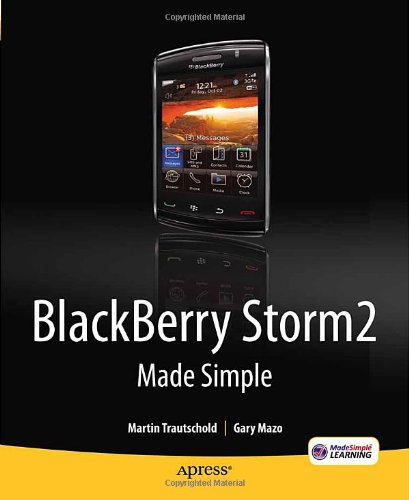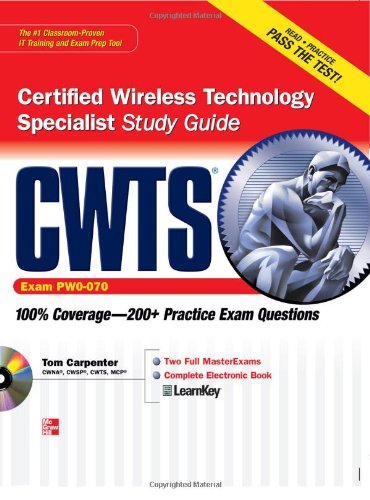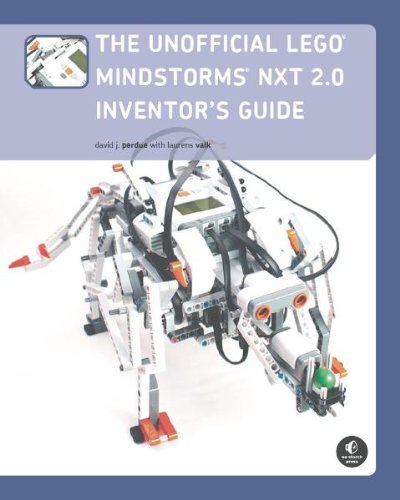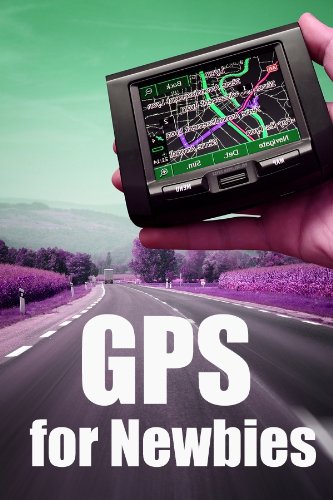GPS Made Easy Review

Do You Often Get Lost While Driving? Is The Fear Of Losing Your Way In An Unknown Place Not Letting You Experiment With The Route? Are You The Adventuring Kind, Wanting To Try Out New Gadgets? Fret Not! GPS Auto-Trackers Are Here…!
Finally, A Complete GPS Guide That Gives You Some Of The Most Impressive, Little-Known, And Brilliant Strategies To Understand And Use The GPS System… Save Yourself From Getting Lost In Any Unknown Place… And Get The Kick Out Of Becoming A Gizmo-Geek!
Global Positioning Satellite (GPS) technology can be confusing. However, the eBook, “GPS Made Easy,” makes it simple. Using few technical words, it explains everything you wanted to know about GPS and its various uses, such as calculating positions and many more. The 100+ pages of this eBook are the best sources of knowing how this amazing technology is integrated in phones, cars, and watches.
These Are Some Of The Tips You Will Find In The Book :
* History Of GPS
* Advantage Of Using A Global Positioning Satellite System
* Global Positioning Satellite - New-age Tracking Technology
* How Does GPS Work?
* GPS Systems – Here Is How It Works!
* GPS Tracking Systems: Features To Think About
* Problems And Solutions
* GPS Tracking System – It's Components At Work
* GPS Receiver
* GPS Tracking Systems: Reception Counts
* Bluetooth GPS Receiver
* Bluetooth GPS
* GPS Fish Finder
* Look At What I Can Do!
* GPS Tracker Auto Satellite Images
* GPS Tracking Systems: What's New
* GPS Tracking Systems Do Many Jobs
* Anonymous Cell Phone GPS Tracking
* Cellular GPS Locator Phone
* Cellular GPS Phone Software
* Cellular GPS Phone Tracking
* International GPS Cell Phone
* GPS Cellular Phone
* GPS Tracking Systems: Mapping
* GPS Maps
* GPS Map Co-ordinate
* Take A Left At The Red Barn!
* Mexico GPS Map
* Lake Of The Woods Ontario GPS Maps
* Auto GPS System
* GPS Auto Tracker
* GPS Vehicle Tracking System
* GPS Vehicle Tracking Systems (Continued)
* GPS Live Vehicle Tracking Device
* Disabling A GPS Vehicle Tracking Device
* PDA GPS Software
* Free GPS Software
* Garmin GPS Director - A Skillful Tracking Contraption
* Garmin GPS i5 Streetpilot
* Garmin GPS Navagation Refurbished
* Garmin GPS Technology - New Age In Tracking Device
* 2720 Garmin GPS Pilot Pioneer Street System
* c330 Garmin GPS
* Starcom GPS System – Track Your Vehicle And Driver!
* Microsoft GPS
* GPS JVC system
* Magellan GPS System
* How To Purchase A GPS Tracking System
* GPS Tracking Systems: What To Consider When
Purchasing
* What Is The Best GPS
* Rating GPS Systems
* Deciding On The Right One
* GPS Tracking Systems: Usability Matters
* GPS Tracking Systems: What's On The Market
* GPS Tracking Systems: How Much Will They Cost Me?
* How Much Is That GPS In The Window?
* GPS Tracking Systems: Selecting The Right Brand
* GPS Tracking Systems: What's Out There?
* GPS Tracking Systems: Brands
* GPS Tracking Systems: Where To Purchase
* GPS Tracking Systems: Making Good Decisions
* GPS Review

















